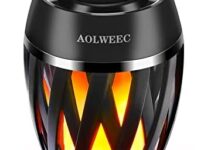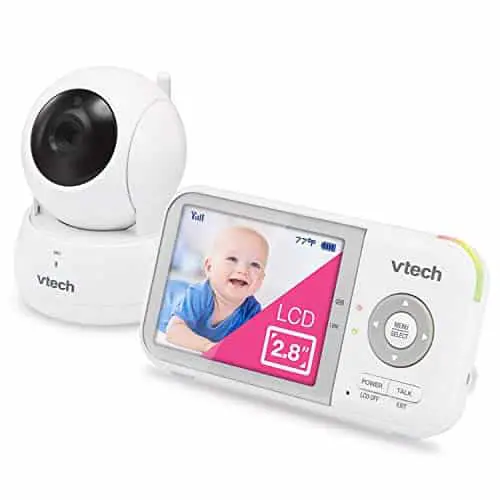A rubbery hydrogel often found in disposable diapers has been shown to absorb record amounts of moisture from the air when enhanced with salt. What’s more, that same collected moisture can be heated, condensed, and subsequently collected into “ultrapure” water.
Hydrogels—materials composed mostly of water alongside cross-linked polymers—have long been utilized as extremely absorbent components of diapers, due to their ability to swell and hold more liquid. Meanwhile, certain salts are known to be particularly strong desiccants—materials that draw moisture from the air around them. Lithium chloride, for example, can absorb over 10 times its own mass in moisture. As recently detailed in a paper in Advanced Materials, a team in MIT’s Device Research Lab combined “the best of both worlds” to create a synthetically enhanced hydrogel capable of drawing moisture directly from ambient air as dry as that of a desert environment.
[Related: New hydrogel sheets could one day replace paper towels.]
“The hydrogel can store a lot of water, and the salt can capture a lot of vapor. So it’s intuitive that you’d want to combine the two,” said Gustav Graeber, one of the paper’s co-authors and now a principal investigator at Berlin’s Humboldt University.
According to researchers, previous studies only infused hydrogels with salt water over a period of just 1-to-2 days, with little to show for it. By allowing their own polyacrylamide hydrogel to remain in a solution of lithium chloride for 30 days, however, MIT’s team recorded an intake of 24 grams of salt per gram of polymer—for reference, the previous record was just 6 grams of salt per polymer gram.
Across a wide variety of humidity conditions, the team’s enhanced hydrogel could swell and absorb impressive amounts of air moisture without leaking. “Most notably,” reports MIT, “… at very dry conditions of 30 percent relative humidity, the gels captured a ‘record-breaking’ 1.79 grams of water per gram of material.”
[Related: Dirty diapers could be recycled into cheap, sturdy concrete.]
“Any desert during the night would have that low relative humidity, so conceivably, this material could generate water in the desert,” explained Carlos Díaz-Marin, a graduate student in mechanical engineering and paper co-author. Moving forward, the team hopes to work on speeding up their super-hydrogel’s absorption process, so that the purified water could be harvested as much as “24 times a day,” versus just once daily. From there, advancements in production speed and scalability could one day allow the gel to be deployed as a passive water harvesting agent in even the driest, most drought-prone areas of the world.



